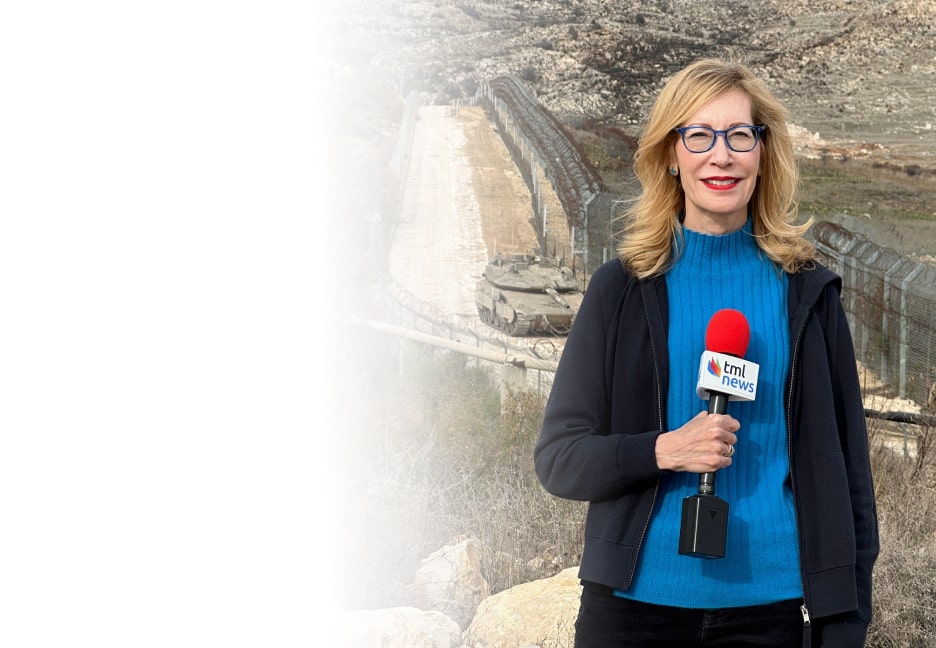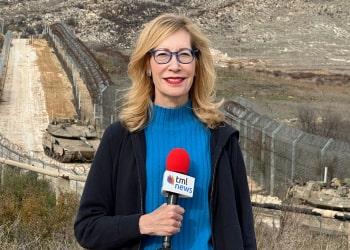Seventy years ago, Ilana Karniel’s brother gave her a gift for her tenth birthday. It was a hand-drawn map of the long road they had traveled from their home in
Underneath the map, Emil had written birthday wishes in Polish to his little sister. “Learn Hebrew,” he advised her, “Hopefully we will see Mother again soon.”
But that was not to happen. Both parents died en route. Upon arrival in
Ilana built a life in
“That’s the good part of my life,” she told The
This holiday season, give to:
Truth and understanding
The Media Line's intrepid correspondents are in Israel, Gaza, Lebanon, Syria and Pakistan providing first-person reporting.
They all said they cover it.
We see it.
We report with just one agenda: the truth.


Ilana donated the map to Yad Vashem, Israel’s Holocaust Memorial and Documentation Center, which has opened an exhibition called “Gathering the Fragments: Behind the Scenes of the Campaign to Rescue Personal Items from the Holocaust.”
“For many years, the map was rolled up in a drawer in my house,” Ilana, 80, said. “But I decided that Yad Vashem could preserve it better than I could. I also wanted to share it with the world.”
The map is only one of some 71,000 artifacts that the documentation center has gathered over the past two years. The exhibit was launched as part of International Holocaust Remembrance Day and comes as the number of Holocaust survivors still alive is shrinking.
“This is an 11th hour push because we know the clock is ticking,” said Yad Vashem spokeswoman Estee Yaari. “Interest in the Holocaust is growing but the witnesses are leaving us.”
The exhibit also includes artwork and Jewish ritual objects, including tefillin (set of two leather boxes containing Jewish scripture that devout Jewish men wear on head and arm while praying) that belonged to Meir Muhlbaum, who today lives in the Israeli coastal town of Herzliya.
Muhlbaum celebrated his
Muhlbaum never used the tefillin, but said he felt he had to keep them. Now he has donated them to Yad Vashem.
International Holocaust Memorial Day was commemorated around the world on January 27, which was chosen because it was the date that Soviet forces liberated the Auschwitz-Birkenau concentration camp. The United Nations marks the day as an international day of commemoration to remember the victims and urges member states to develop educational programs to spread information about the Holocaust.
“In the perspective of the almost 75 years that have passed since the Holocaust, what has not changed is the desire to annihilate the Jews. What has changed is the ability of the Jews to defend themselves,” Israeli Prime Minister Binyamin Netanyahu said in remarks to his cabinet. “Anti-Semitism has not disappeared and to our regret, neither has the desire to destroy a considerable part of the Jewish people and the State of Israel. They exist and they are strong.”
There are an estimated 500,000 Holocaust survivors worldwide, 200,000 of whom live in
“Soon, I won’t be here,” she said philosophically. “And it’s important for me to share what happened with as many people as possible.”